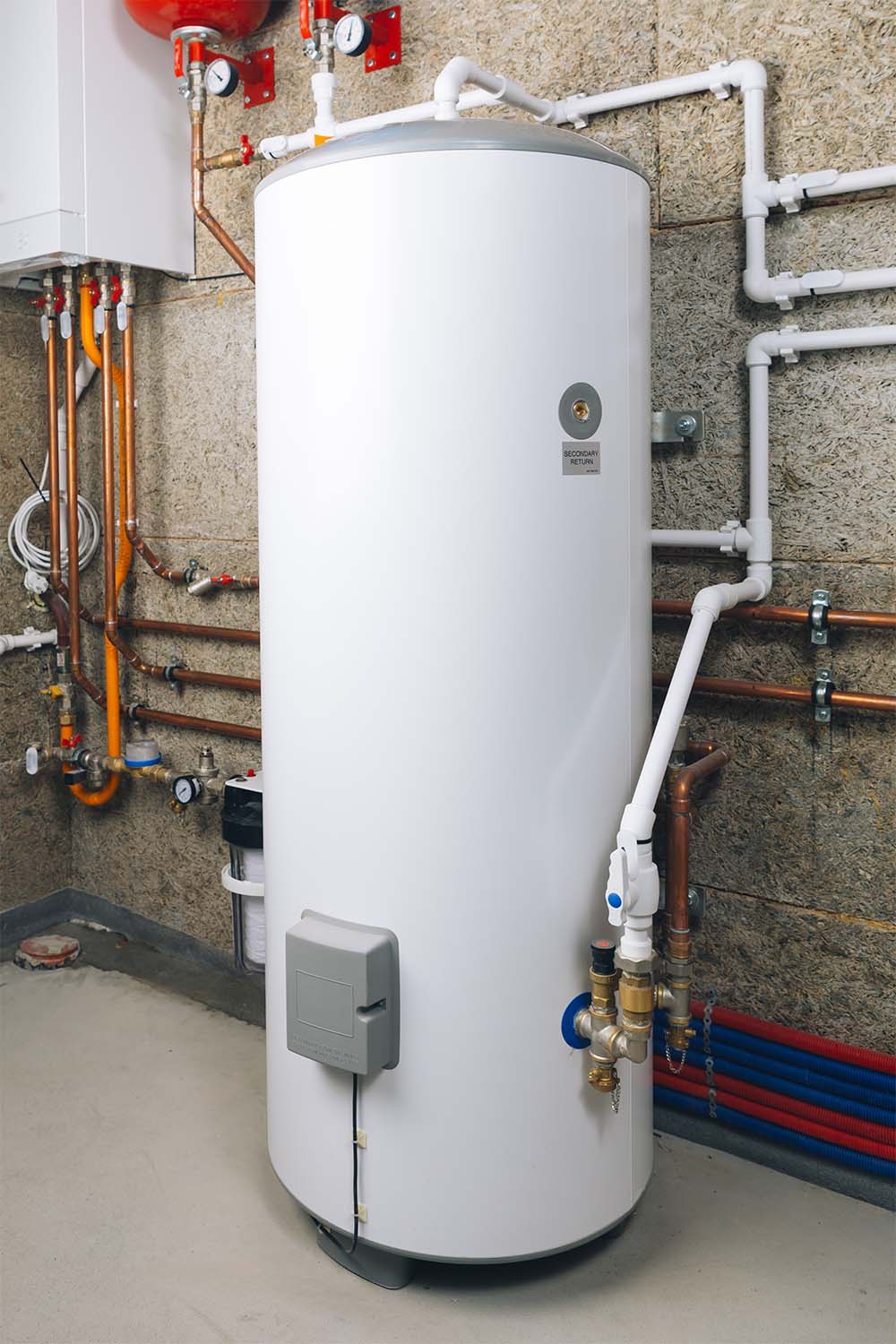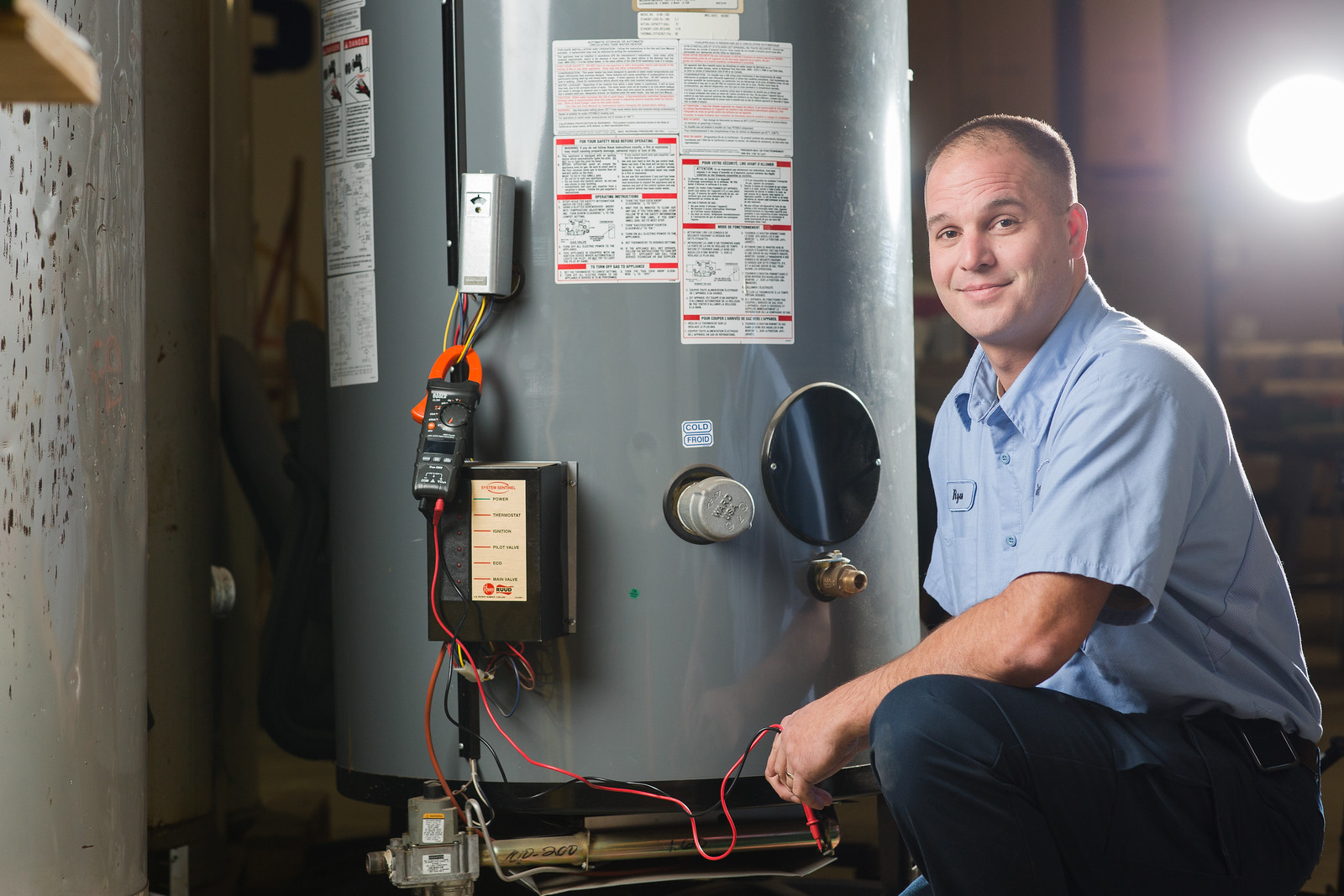Maintaining Your Home's Hot Water System: Important GuidelinesSteps on How to Maintain Your Home's Hot Water System EffectivelyEffective Techniques for Caring for Your Home's Hot Water System
Maintaining Your Home's Hot Water System: Important GuidelinesSteps on How to Maintain Your Home's Hot Water System EffectivelyEffective Techniques for Caring for Your Home's Hot Water System
Blog Article
What are your thoughts with regards to Tips For Maintaining Your Hot Water Heater?

Warm water is crucial for everyday convenience, whether it's for a refreshing shower or washing recipes. To ensure your hot water system runs efficiently and lasts much longer, routine maintenance is vital. This post provides functional tips and understandings on exactly how to maintain your home's warm water system to prevent disruptions and expensive repair work.
Introduction
Preserving your home's warm water system may seem daunting, yet with a couple of basic steps, you can guarantee it operates efficiently for many years ahead. This guide covers whatever from understanding your hot water system to DIY maintenance pointers and recognizing when to employ professional aid.
Relevance of Keeping Your Warm Water System
Normal upkeep not only extends the life expectancy of your warm water system however additionally ensures it operates efficiently. Overlooking maintenance can bring about decreased performance, higher power expenses, and even premature failure of the system.
Signs Your Hot Water System Needs Upkeep
Recognizing when your warm water system needs attention can prevent major concerns. Keep an eye out for indications such as inconsistent water temperature, unusual noises from the heater, or corroded water.
Flushing the Hot Water Heater
Flushing your hot water heater removes debris build-up, improving effectiveness and extending its life.
Checking and Changing Anode Rods
Anode rods prevent deterioration inside the storage tank. Checking and replacing them when worn out is critical.
Complex Problems Calling For Professional Help
Instances include major leakages, electrical troubles, or if your water heater is consistently underperforming.
Regular Specialist Maintenance Conveniences
Specialist maintenance can include detailed evaluations, tune-ups, and ensuring conformity with safety and security requirements.
Checking and Changing Temperature Level Settings
Readjusting the temperature setups guarantees optimal performance and security.
Do It Yourself Tips for Upkeep
You can perform numerous upkeep tasks yourself to maintain your hot water system in leading condition.
Looking for Leakages
Frequently inspect pipes and links for leaks, as these can cause water damage and higher costs.
Comprehending Your Hot Water System
Before diving right into upkeep tasks, it's handy to comprehend the standard parts of your hot water system. Commonly, this includes the hot water heater itself, pipes, anode poles, and temperature controls.
Month-to-month Upkeep Tasks
Normal monthly checks can assist catch small problems before they rise.
Evaluating Stress Relief Valves
Testing the pressure safety valve guarantees it works correctly and stops too much pressure buildup.
Protecting Pipes
Protecting hot water pipes reduces warmth loss and can conserve energy.
When to Call a Professional
While do it yourself maintenance is useful, some issues call for professional know-how.
Verdict
Regular upkeep of your home's warm water system is essential for efficiency, longevity, and cost financial savings. By complying with these ideas and understanding when to look for expert assistance, you can guarantee a trusted supply of hot water without unanticipated interruptions.
How to Maintain an Instant Hot Water Heater
Before tinkering with your hot water heater, make sure that it’s not powered on. You also have to turn off the main circuit breaker and shut off the main gas line to prevent accidents. Also turn off the water valves connected to your unit to prevent water from flowing into and out of the appliance. 2. When you’re done, you have to detach the purge valves’ caps. These look like the letter “T” and are situated on either side of the water valves. Doing so will release any pressure that has accumulated inside the valves while at the same time avoid hot water from shooting out and burning your skin. 3. When the purge valves’ caps are removed, you have to connect your hosing lines to the valves. Your unit should have come with three hoses but if it didn’t, you can purchase these things from any hardware or home repair shops. You can also get them from retail stores that sell water heating systems. Read the user’s manual and follow it to complete this task properly. When the hosing lines are connected, open the purge port’s valves. 4. You should never use harsh chemical cleaners or solutions when cleaning your unit. Make use of white vinegar instead. It should be undiluted and you’ll probably use about 2 gallons. 5. Now flush your water heater. This task should probably take about 40 minutes. We can’t give you specific directions for this because the procedure is carried out depending on the type, model and brand of your heater. With that being said, refer to the user’s manual. 6. When you’re done draining the unit, you have to turn off the purge port valves again. Remove the hosing lines that you earlier installed on each of the water valves. Put the valve caps (purge port) back in their respective places and be very careful so as not to damage the rubber discs that are found inside these caps. 7. Now that everything’s back in place, check your user’s manual again to find out how to reactivate your water heating system. 8. Once it is working, turn one of your hot water faucets on just to let air pass through the heater’s water supply pipes. Leave the tap on until water flows smoothly out of it. https://www.orrplumbing.com/blog/2014/september/how-to-maintain-an-instant-hot-water-heater/

Do you enjoy reading up on Tips on Maintaining a Water Heater? Try leaving a remark further down. We would be glad to know your responses about this posting. In hopes to see you back again soon. Be sure to take the time to share this post if you appreciated it. Thanks a lot for being here. Return soon.
This Resource Report this page